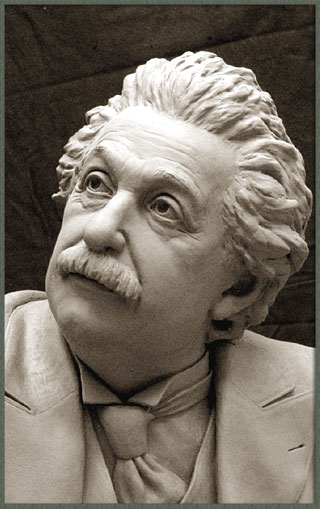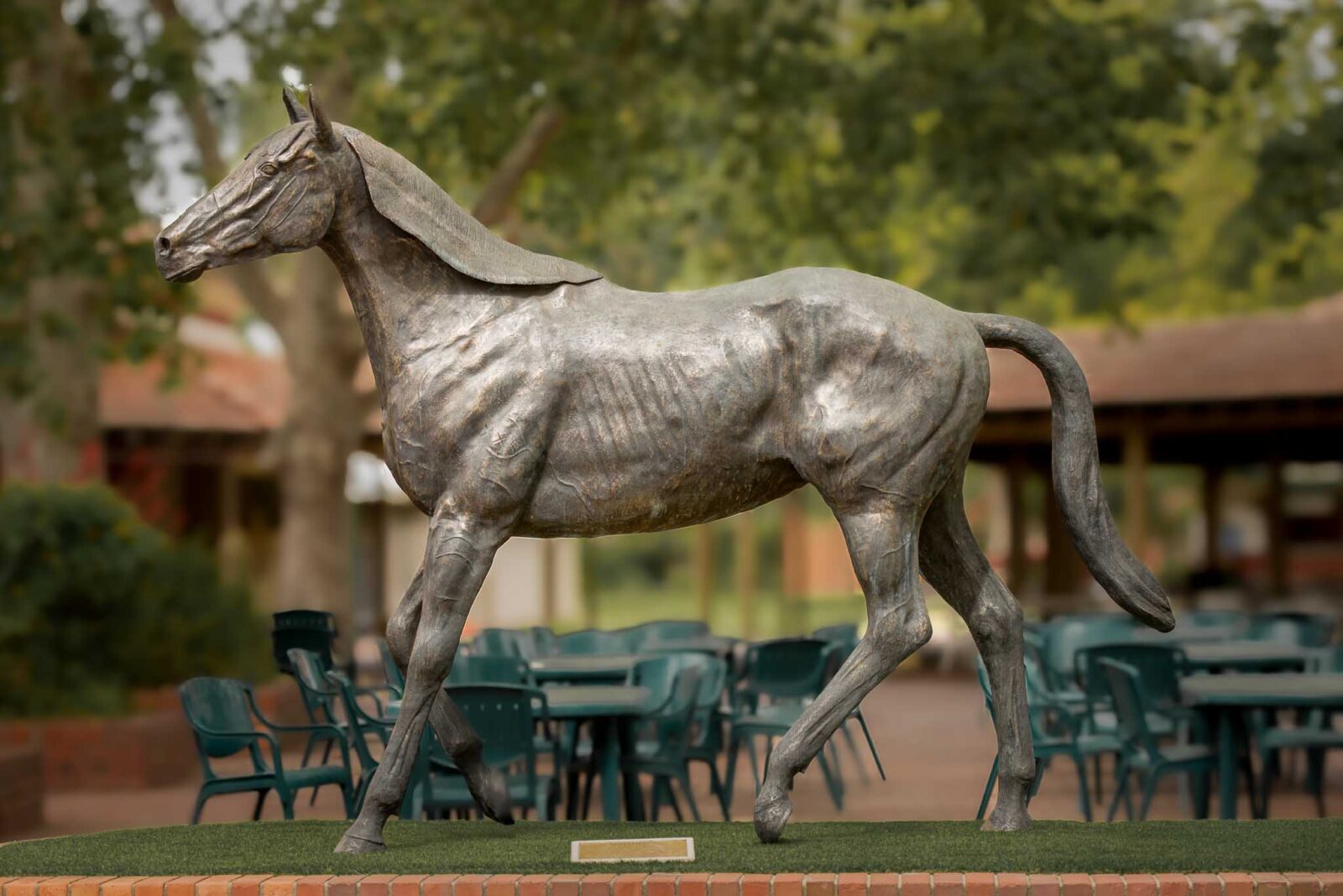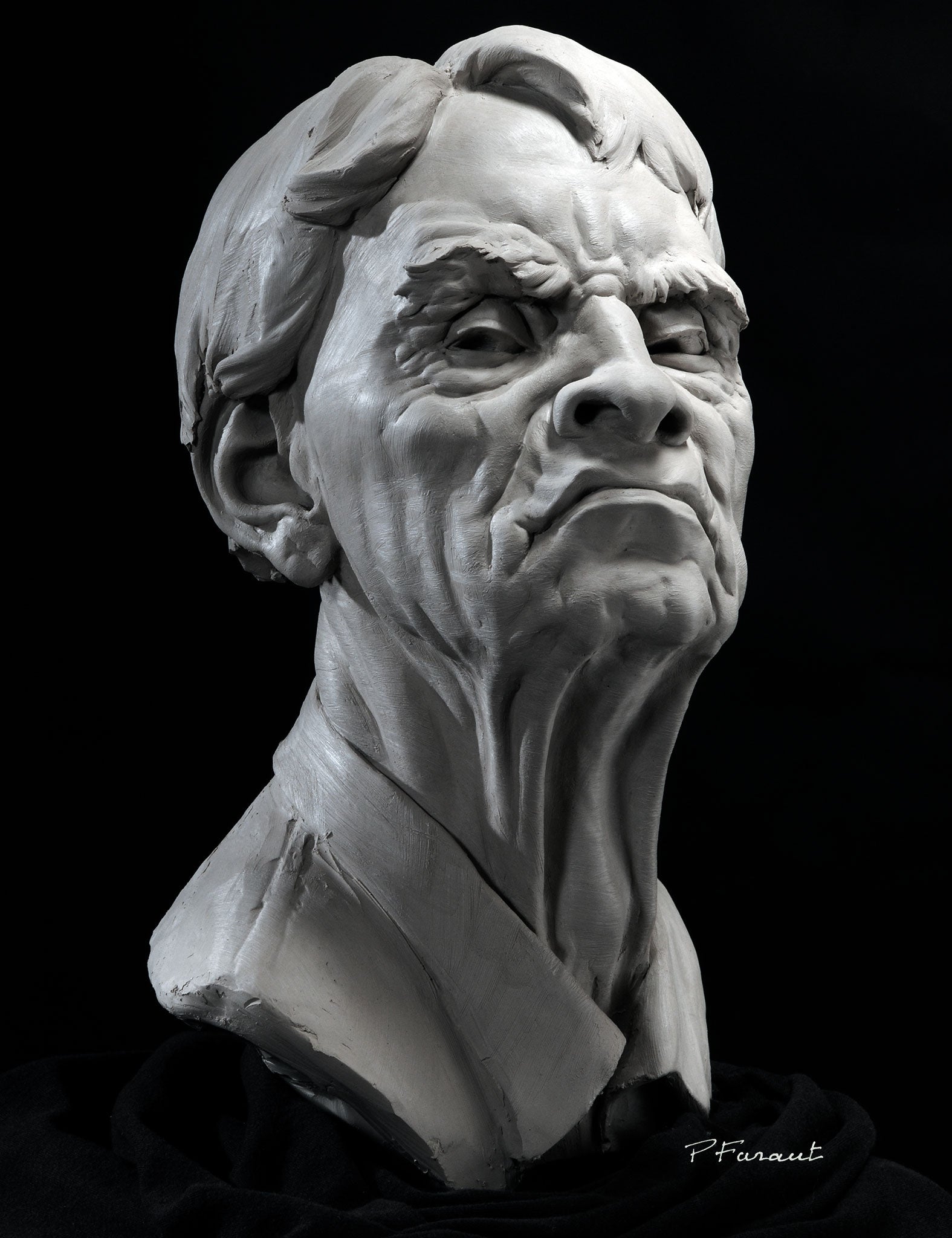Forming the Human Kind: Representations of the Body in Sculpture
Sculpting the Human Form: Representations of the Body in Sculpture is a comprehensive exploration of the creative depiction of the human body throughout background. From the splendid marble sculptures of old Greece to the detailed masterpieces of the Renaissance, from the flamboyant and elaborate Baroque and Rococo sculptures to the avant-garde and abstract expressions of modern-day and contemporary sculpture, this exhibit offers an exciting journey with the advancement of this classic art type.
Old Greek Sculptures

One of the specifying features of Ancient Greek sculptures is their emphasis on balance. Each component of the body is diligently crafted to be in proportion to the whole, producing a sense of equilibrium and consistency. The sculptors paid careful interest to every information, from the positioning of muscular tissues to the positioning of arm or legs, ensuring that each figure appeared both graceful and powerful.
The Greeks likewise valued the idea of idealized appeal. As opposed to showing the blemishes and imperfections of the human form, they looked for to develop an idyllic variation of reality. The sculptures typically depicted gods, sirens, and athletes, with their bodies formed to excellence. Robert C Hitchcock Sculptor. This idealized representation of the human form not just popular physical appeal yet likewise offered as a means of inspiring and boosting the viewer.
Renaissance Masterpieces
Continuing the exploration of the representation of the human kind in sculpture, Renaissance work of arts further refine the idyllic principle of elegance, building upon the in proportion and unified percentages of their Old Greek precursors. Throughout the Renaissance duration, which extended from the 14th to the 17th century in Europe, artists sought to revive the classical suitables of ancient Greece and Rome. They examined and mimicked the works of the ancient masters, aiming for a sensible depiction of the body.
Among one of the most prominent Renaissance artists was Michelangelo Buonarroti. His work of art, the sculpture of David, exhibits the excellence and elegance that ended up being associated with Renaissance art. Standing at over 17 feet tall, the sculpture depicts the biblical hero in a state of tranquility prior to his fight with Goliath. David's muscular body, captured with exceptional detail, exposes the musician's proficiency of human anatomy.
Another notable Renaissance artist was Donatello. His sculpture of Saint George, produced in the early 15th century, showcases the artist's capacity to communicate stamina and nobility via the human type. The statuary shows the fabulous dragon-slaying saint in a poised and confident position, showing a sense of heroism.
Renaissance masterpieces not just celebrated the physical beauty of the human body yet also shared much deeper emotions and meanings. Via their precise focus to information and competent craftsmanship, Renaissance artists elevated the art of sculpture to brand-new heights, leaving a long-term tradition that remains to influence musicians to this particular day.
Baroque and Rococo Sculpture
Rococo and baroque sculpture exemplifies the elaborate and extravagant representation of the human kind during the 17th and 18th centuries. Identified by its remarkable and vibrant design, Baroque sculpture aimed to mesmerize viewers with its majesty and emotional strength. Artists such as Gian Lorenzo Bernini and Alessandro Algardi produced sculptures that conveyed motion, usually portraying numbers in significant positions. Using light and darkness even more improved the feeling of dramatization, creating a staged result.
Rococo sculpture, on the various other hand, became a response to the grandiosity of the Baroque duration. It embraced a more lively and delicate technique, concentrating on elaborate styles and ornamental details. François Boucher and Jean-Baptiste Pigalle projected Rococo artists that crafted jobs defined by their sophistication and beauty. They usually represented numbers in elegant and sensuous presents, showing the easy going and whimsical nature of the Rococo style.
Both Baroque and Rococo sculpture placed a great emphasis on the human kind, commemorating its elegance and revealing a variety of emotions - Bronze Sculptures. Whether it was the effective and vibrant figures of the Baroque or the graceful and captivating numbers of the Rococo, these sculptures captured the significance of the human experience, leaving a long-term influence on the art world
Modern and Contemporary Sculpture
The evolution of forming the human type continues in contemporary and modern-day sculpture. With the development of new products and methods, artists have actually pushed the borders of representation, testing conventional ideas of type and beauty. Modern sculpture arised in the late 19th century as a reaction to the changing political and social landscape. Artists such as Auguste Rodin and Constantin Brancusi looked for to capture the significance of the human form, stressing emotion and activity. Rodin's "The Thinker" and Brancusi's "Bird precede" are legendary examples of this duration.
In the 20th century, the rise of abstraction and conceptual art brought brand-new opportunities for sculptors. Artists like Henry Moore and Barbara Hepworth checked out the partnership between form and room, developing natural and abstracted numbers that tested typical concepts of depiction. Moore's huge bronze sculptures and Hepworth's sculpted stone works are commemorated for their innovative use of materials and their capability to stimulate a feeling of the body in a non-literal means.
Contemporary sculpture remains to press the boundaries of representation and explore new materials and techniques. Artists like Antony Gormley and Ron Mueck produce hyper-realistic sculptures that challenge our perception of the body, while others, such as Louise Bourgeois and Kiki Smith, use the body as an allegory for cumulative and individual experiences. The human kind stays a powerful topic in sculpture, giving a platform for musicians to explore identification, feeling, and the human condition.
Social Viewpoints on the Human Body

In the expedition of shaping the human type, the examination of cultural perspectives on the human body reveals a rich and varied tapestry of depictions and interpretations. Throughout history, various societies have held unique ideas and values relating to the human body, resulting in distinct imaginative expressions - Robert C Hitchcock Sculptor. These cultural viewpoints form the way the human body is illustrated and regarded in sculpture, mirroring societal norms, faiths, and aesthetic suitables
For circumstances, old Greek sculptures commemorated the idyllic human form, emphasizing physical charm and athleticism. The sculptures depicted gods, heroes, and professional athletes with flawlessly proportioned bodies, embodying the Greek principle of physical perfection. In contrast, ancient Egyptian sculptures focused on the preservation of the body in the afterlife, portraying figures with idyllic functions and stiff poses. The Egyptians believed that the body needs to be offered in such a way that guaranteed its infinite presence.
Similarly, social point of views on the human body in African art typically highlight communal identification and spiritual ideas (Contemporary Sculptures). Sculptures from different African cultures depict the body with exaggerated features, signifying genealogical links and cultural worths. Native cultures in the Americas additionally have special point of views on the body, usually illustrating it in a spiritual context and blog emphasizing the link between human beings and nature
The assessment of cultural viewpoints on the human body in sculpture allows us to obtain understanding into the values, beliefs, and aesthetics of various societies throughout history. It highlights the variety of human experiences and the means in which art shows and shapes our understanding of the human kind.

Conclusion
Finally, the representation of the body in sculpture has progressed gradually, mirroring various creative movements and social viewpoints. From the idealized numbers of Ancient Greek sculptures to the stirring and realistic Renaissance masterpieces, and the elaborate details of Baroque and Rococo sculptures, to the abstract and speculative types of modern and contemporary sculpture. The body has been a subject of attraction and creative expedition throughout history, showcasing the varied interpretations and expressions of the human form.
Sculpting the Human Type: Representations of the Body in Sculpture is an extensive expedition of the creative representation of the human body throughout history. From the splendid marble sculptures of ancient Greece to the complex work of arts of the Renaissance, from the ornate and flamboyant Baroque and Rococo sculptures to the progressive and abstract expressions of modern and modern sculpture, this exhibit uses a fascinating trip through the development of this classic art form. Artists like Antony Gormley and Ron Mueck develop hyper-realistic sculptures that challenge our perception of the human body, while others, such as Louise Bourgeois and Kiki Smith, utilize the body as an allegory for personal and cumulative experiences. The human type continues to be a powerful subject in sculpture, giving a platform for musicians to discover identity, emotion, and the human problem.
From the idyllic figures of Ancient Greek sculptures to the realistic and emotive Renaissance work of arts, and the complex details of Baroque and Rococo sculptures, to the abstract and experimental forms of modern-day and contemporary sculpture.